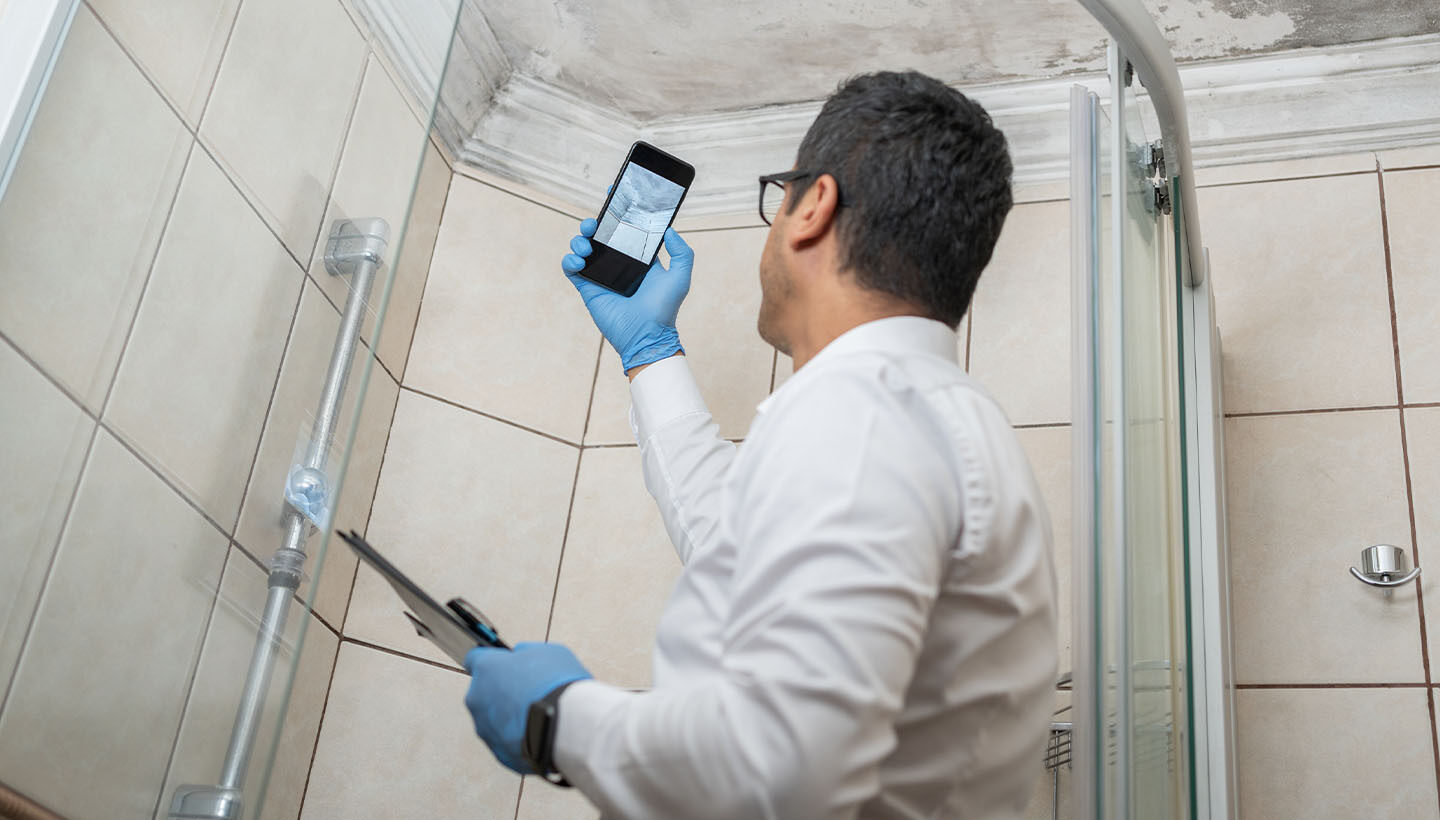
Mobile Home Inspection Checklist and Guide
When you inspect mobile homes, you may find issues with weak foundations or electrical malfunctions, just like in a standard home inspection. But they also come with their own unique set of concerns you might be less prepared to face. Below, we’ve outlined a mobile home inspection checklist, so you know what to look for. Let’s get this show on the road!
Mobile Home Inspections vs. Traditional Home Inspections
If you’ve never inspected a mobile home before, buckle up! This kind of inspection is a little different from a traditional home because of size and construction.
If you’re familiar with the background already, jump ahead to the checklist below!
The top three differences in a mobile home are:
- Construction methods and materials
- Utilities
- Foundation and structure
In each of these categories, be on the lookout for the following pain points as you work through your checklist.
Factory Construction Methods
Mobile homes are more prone to exterior damage than a standard home. This is primarily due to the nature of the home — it’s made to move! Because they’re factory built with lightweight materials and fewer stability reinforcements, mobile homes are at an increased risk of exterior damage compared to traditional homes. Even small issues could seriously affect the integrity of the entire unit over time.
Compact Utility Systems
To save space, HVAC, water heaters, and other utility components are designed to be compact, and are installed a little differently. There are standards set by the Department of Housing and Urban Development (HUD) that these systems must adhere to. Get familiar with the HUD standards and, as always, be thorough when you check for leaks, wear and tear, and dysfunction.
Foundation & Structure
Mobile home foundations are lifted off the ground, so they’re built with some features to prevent external damage or infestations, like skirting and tie-down components. The foundations themselves are set on block piers; they’re not as stable as, say, traditional homes, which are built on concrete slabs (for one example).
There are also a few different ways to provide support to the mobile home; these are most often piers. It’s no fun to live in a mobile home with a sinking foundation, or one that rests unevenly on its piers — and it’s dangerous. This is one of the most important areas to take your time inspecting.
Mobile Home Inspection Checklist
Two of the most common problems that you’ll find in mobile homes are leaks and foundation issues. Many of these issues stem from what seem like small problems: a crack here, a wiggly door there…you get the picture. Here is a checklist detailing issues you may find as you inspect a mobile home, that are different from a traditional home inspection.
Mobile Home Undercarriage
The undercarriage is meant to keep out moisture and pests. It has a few other names, including:
- Vapor barrier
- Underbelly
- Belly board
- Bottom board
The undercarriage includes a chassis (frame), typically made of steel. You’ll need to check for dents and corrosion here. Some mobile homes will have their wheels and axles located in the chassis, though many are held up on piers. Block piers hold the entire structure up from the undercarriage. Check for levelness and structural integrity. After some time, piers may sink and cause serious foundation issues. If the chassis or piers are damaged in any way, this could be game over for the entire mobile home.
Skirting
Mobile homes are designed with skirting — little panels of wood, brick, or vinyl — to prevent infestations and damage from starting below the home. It’s crucial to have sturdy skirting that is free of holes or any kind of deterioration. Wear-and-tear in this area is common and can be sneaky; pay close attention to the following signs of damage:
- Discoloration
- Warping or displacement
- Panel cracking
Tie-Down Component
The tie-down component helps anchor the mobile home to the ground. The most important parts to inspect for damage are:
- Anchors
- Straps
- Fastening hardware
Also, familiarize yourself with the compliance standards set by the HUD. This guide includes details on all the types of tie-downs and their safety requirements.
Stairs
Yeah, yeah, a lot of homes have stairs. Since these are such common features in mobile and manufactured homes, we feel it deserves coverage here.
There are two main features to carefully inspect for entry stairs on the outside of a mobile home, in particular:
- Stair Construction and Condition
- Handrail and Guardrail Integrity
The main idea is to ensure that the stairs have been constructed with stable materials and adequate spacing, and that the guard and handrails are appropriately built for safe use by people of all ages.
These are all things you’ve seen before. Balusters on the guardrail must be spaced correctly so that children can’t slip through. All aspects of the stairs should be stable, free of wood rot or damage, with appropriately sized materials. And homeowners, if you’re listening, a 2×4 is not a handrail.
Advance Your Inspection Skills
Mobile home inspection is just one area with a lot to learn, but there is no limit to the expertise you can develop in your inspection career. And no limit on your income potential, either. Time to get your career on the go. Get that certificate you’ve been putting off. Commercial inspections? Radon? Whatever you need to keep your community safe. We got you. And you got this, inspector.




